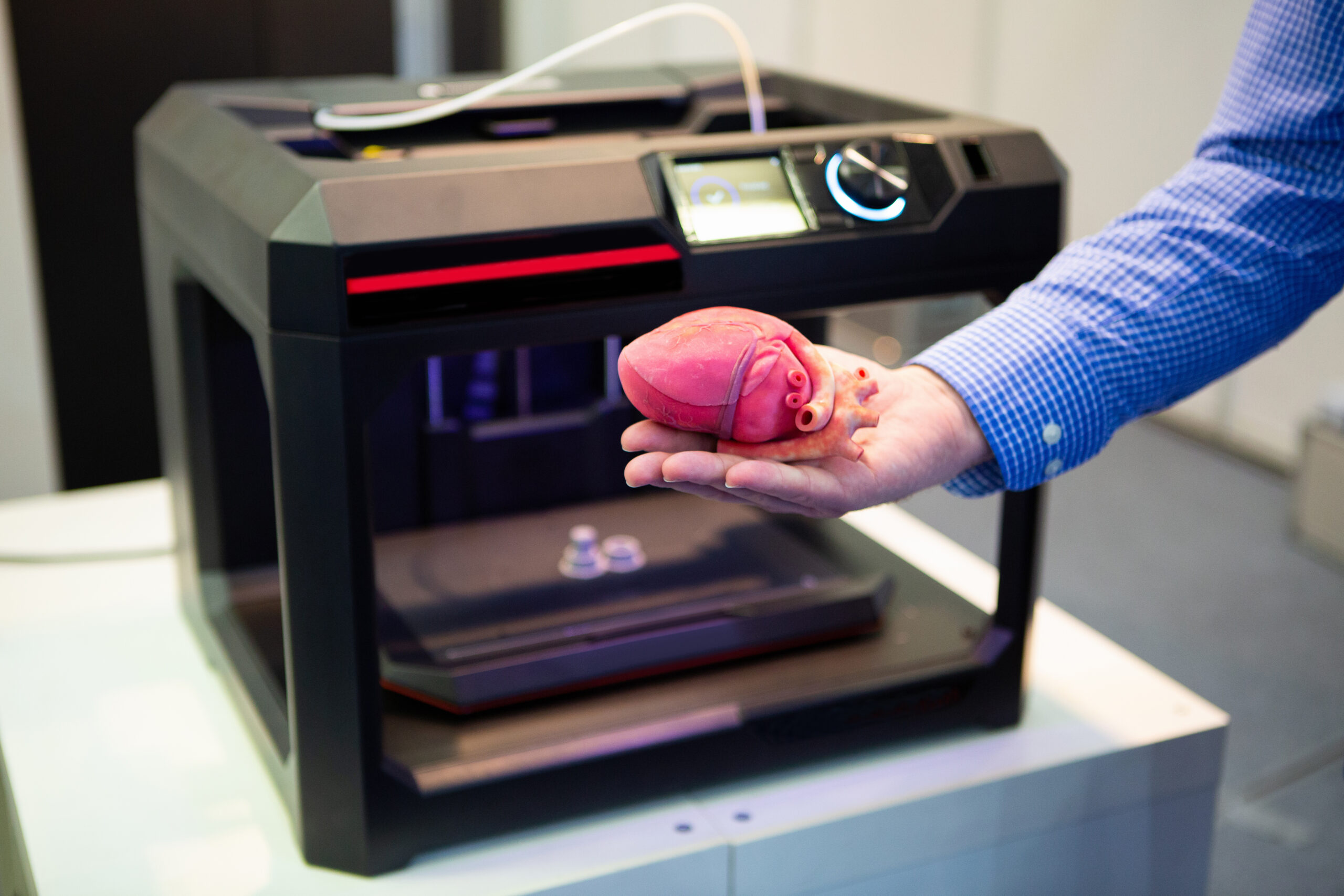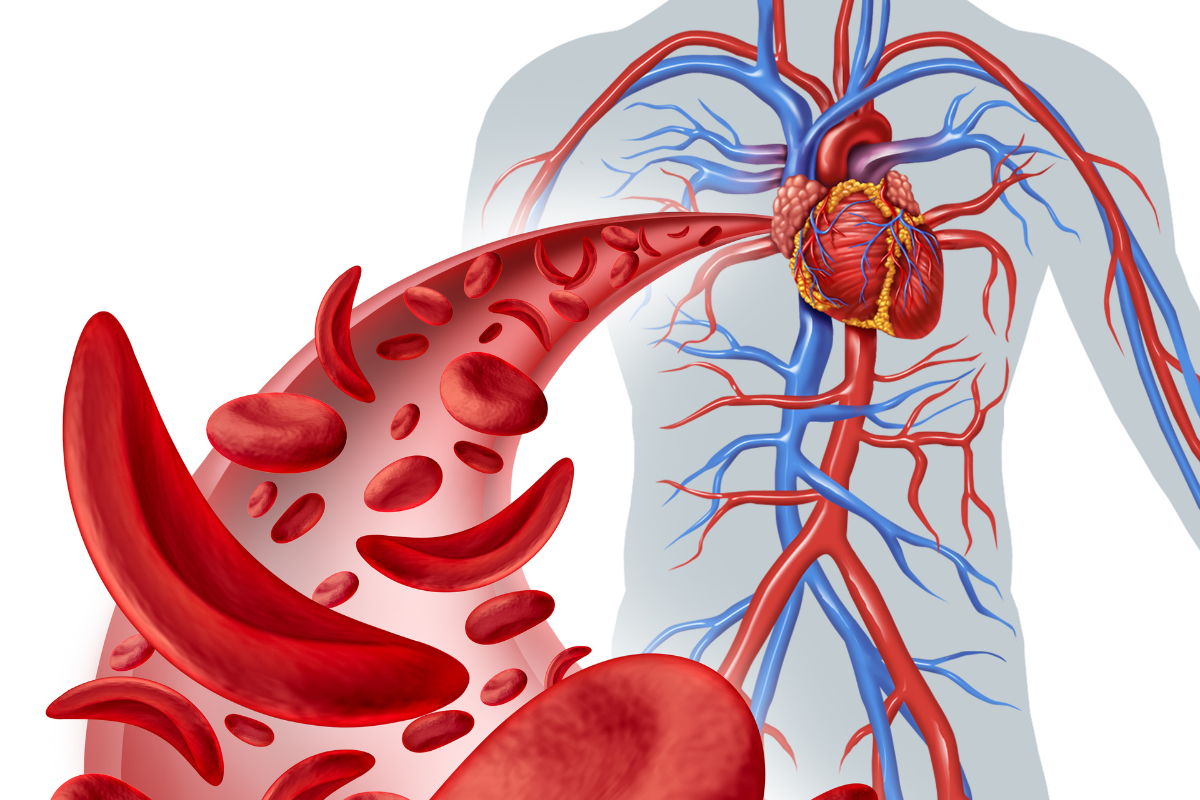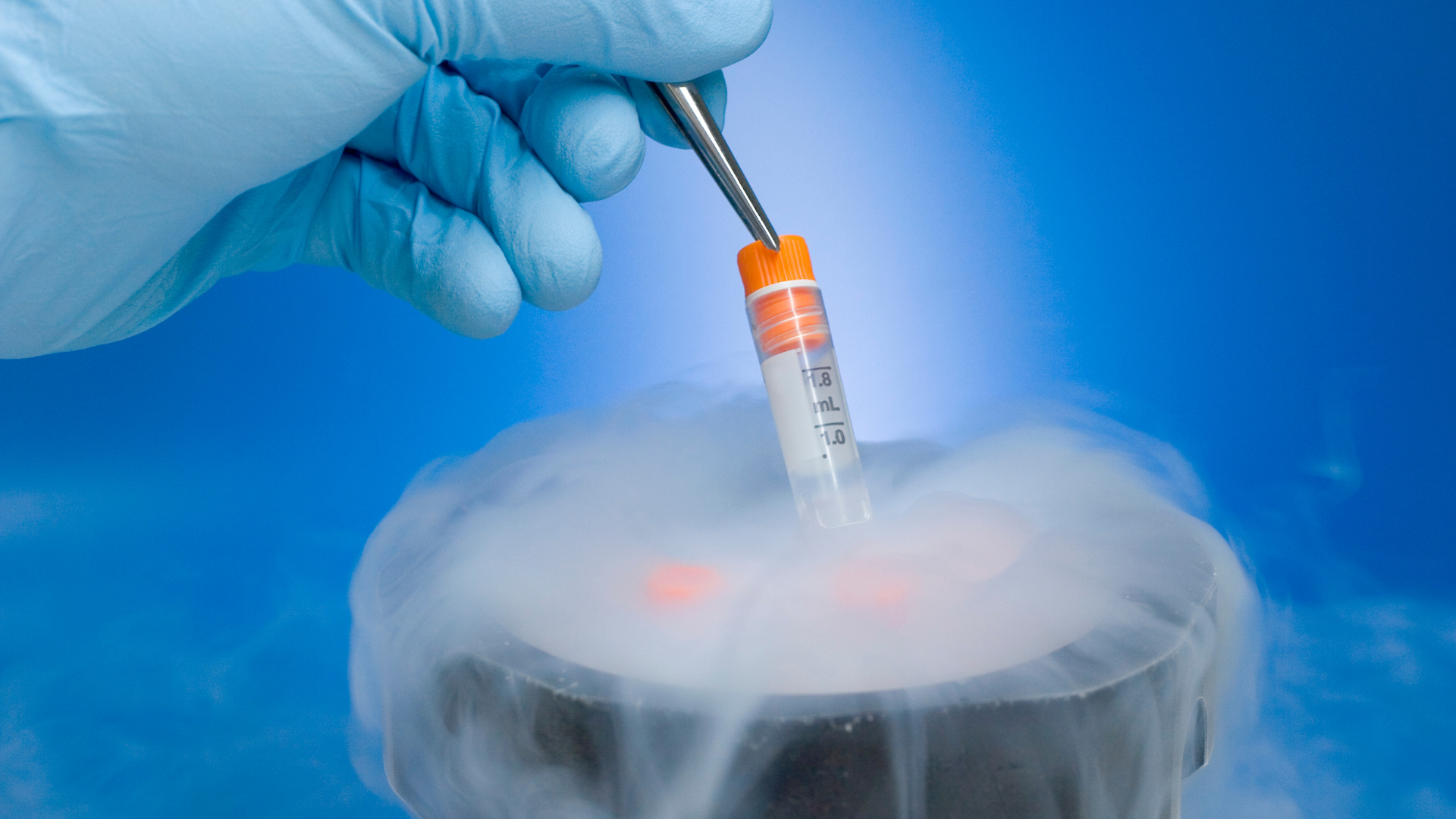Understanding Disease Progression with 3D Model Development

3D model development is a steadily evolving area within the cell and gene therapy market. By measuring the rate of disease progression, model development can unlock the next generation of therapeutics. As such, advanced 3D models in cell and gene therapy are in high demand.
The global worth of cell culture and organoids attests to the growing need for such innovation. In 2021 alone, the 3D cell culture market size was valued at 1.5 billion USD and is expected to reach 3.48 billion USD by 2028 at a CAGR of 10.7%. On the other hand, the global organoids market is estimated to increase from 689.47 million USD in 2019 to 3.42 billion USD by 2027 at a CAGR of 22.1%.
3D cultures and 3D organotypic structures are widely used in studies employing in vivo model systems. This is due to their ability to mimic the morphology and microarchitecture of an organ. Key players within the field of 3D model development include Merck KGaA, Thermo Fisher Scientific, Lonza, Corning Inc, and Organoid Therapeutics, to name a few.
Whilst utilising a diversity of models is encouraged, achieving consistency between models intended to represent the same pathological condition remains a priority.
In this article, we take a look at some of the latest developments in the future of 3D model development, exploring the current industry challenges and future market trends. From embracing complex modelling to harnessing the capacity of bioprinting, we discover what key opinion leaders from Merck, GlaxoSmithKline, East Carolina University Brody School of Medicine, and the Institute of Molecular Biotechnology, think about what's next for the field.
Overcoming Preclinical Challenges of Advanced Cell Models:
Before the industry can go about revolutionising cell and gene therapeutics with the next generation of 3D modelling, there are a number of key hurdles that must be addressed first.
According to Raymond Mattingly, Professor and Chair of Pharmacology &Toxicology at East Carolina University Brody School of Medicine, one of the biggest challenges in advancing 3D cell models is the issue of reproducibility. “Whenever patient-derived material is different, whether it be an organoid or stem cell, it means it is difficult to rely on one single authoritative model,” he explained. Whilst utilising a diversity of models is encouraged, achieving consistency between models intended to represent the same pathology condition remains a priority.
As Sina Mohammadi, Research Scientist at Merck, sees it, “the challenge is to determine whether the lack of reproducibility is a function of the disease and tissue biology or whether your system is failing to reflect human biology accurately.” Even in a complex system, it is important to be able to produce results reliably whilst also reflecting the complexity of the tissue and the complexity of the diseases. “It's a hard thing to balance, but a hurdle we face regularly,” Mohammadi continued.
- How can 3D Cell Cultures Tackle Tumours In-Vitro?
- Cultivating Neuro-Organoids for Translational Research
- Human Stem Cell Models of Neurodegeneration
Timing is another critical issue in cell model development. Jean-Louis Klein, Scientific Director at GlaxoSmithKline, claims that “most of the models we require are not yet 100% ready for our needs.” Models must be flexible to be able to answer the questions posed by disease diagnosis and progression. “Once a project or study starts, the model must be ready for use immediately,” Klein points out. Therefore, it is optimal to implement a diverse model that can be readily available for numerous different applications.
Complex Modelling: A Brave New World in 3D Model Development?
The next generation of 3D complex modelling is fast approaching. In particular, brain and cardiac organoids are currently undergoing rapid development. As Sasha Mendjan, Group Leader at the Institute of Molecular Biotechnology, observes, “step by step, we are seeing organoids becoming more complex during development progression”. Mendjan predicts that the next stage of complex 3D modelling will be to introduce circulation into organoids.
“Real circulation is a critical aspect of organogenesis and the immune system is a critical component during development,” he continued. Introducing circulations into and throughout the organoid structure will be the next logical step in complex organoid development. Previously models were created by the implementation of co-culture endothelial cells into organoids. Organoid circulation is set to become the new frontier in 3D model development for cell and gene therapy.
Another exciting trend ushering in the next generation of complex models includes the medium selection. “Right now, most of the medium has to be based more or less on the degree to which is perfect for immortalised cell lines derived from tumours”, Klein endeavoured. “However, this has nothing to do with what we are trying to do in model development, so we need a medium that is much closer to blood or plasma,” he explained. Other areas of progression include delivering optimal oxygen levels to cells to ensure sufficient exposure.
Bioprinting: A Step too Far?
Bioprinting refers to the 3D printing processes used to combine cells and biomaterials to mimic natural tissue characteristics. Since its advent in 2013, the prospect of bioprinting has undergone considerable scrutiny and received notable intrigue.
Will 3D models welcome in a new era of cell and tissue-based therapies?
“I love the 3D printing because you can create organisation,” Klein confessed. “But you do come up against the issue of vascularisation, where you need a situation to feed the cells. An additional challenge is the large amount of data that can be generated from these 3D printing models” he continued. Large data sets require equally sophisticated systems for analysis. Therefore, the ability to extract useful information from bioprinting is paramount.
Similarly, Mohammadi admitted, “I've always favoured self-organising systems because I think the cells are probably smarter than I am – they know better.” Nevertheless, he pointed out, “the field must think carefully about how we can analyse data sets for different purposes, and make sure we do not shy away from the task in hand.”
Mattingly was also less convinced. “Bioprinting is one of those things that makes me feel old because I'm not sure I really understand how it works,” Mattingly said. He explained how the technique has great potential, but agreed about the power of the self-organisation of cells and their ability to form into co-cultures. However, the more delicate intricacies remain somewhat complicated.
An Innovative Force for the Future of Therapeutics:
Will 3D models welcome in a new era of cell and tissue-based therapies? Will circulatory 3D models take centre stage in next-generation complex modelling? Only time will tell, but if the exclusive insights divulged at Oxford Global's 3D Cell Culture Symposium event are anything to go by, the future of understanding Disease Progression with 3D Model Development is just around the corner.
Want to find out more about the latest cell therapy news? Register now for our Cell UK: In-Person event to advance your understanding of cell-based products to ensure clinical and commercial success.






